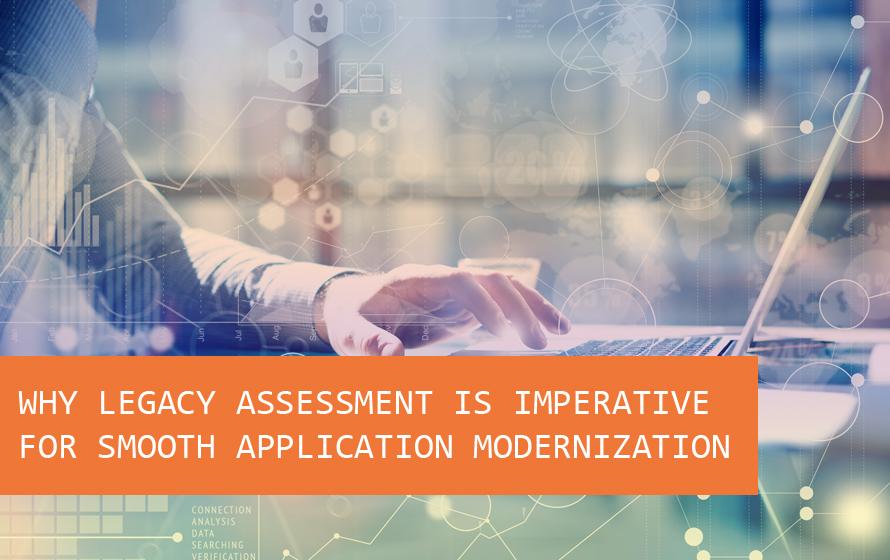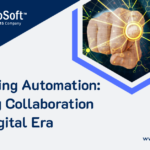

Today, it is a major concern among business organizations that own legacy systems to make decisions about the destiny of their software application. These systems are critical to the functioning of a business, even though the cost of running legacy system is often not justifiable. An overall assessment of the system is required to determine if such systems are worth keeping. Under these circumstances a pre-modernization assessment becomes imperative for a seamless and successful application modernization. Various parameters need to be carefully examined from its technical, business and organizational perspectives to make a judicious choice.
Some of the approaches employed for assessing a legacy system include:
- Discard the system completely when business is no longer dependent on the system.
- Continue maintaining the existing system as long as it works fine and not many changes are required.
- Transform the system to improve maintainability as it is inevitable to avoid changes that affect the system quality.
- Replacing the existing system with a new one when the old system becomes obsolete and the new system can be built cost effectively.
- Suspend the system and use it as a part of a new larger system.
Taking decision on which approach is most suitable demands for a thorough assessment of the proposed Legacy system. System should be subjected to both technical and economic aspect in order to justify each decision. Technical aspect would include identifying the software features relevant from a maintainer point of view. Economic aspect would include characteristics relevant from a business or management point of view. An in-depth analysis of this extent is a prerequisite to avert the risk of producing an inaccurate assessment.
A broad assessment of the legacy system would reveal the following two categories:
- Business value assessment – includes assessing the system’s functionality and performance, quality of services provided, supported business processes, dependability, and system outputs.
- System quality assessment – considers all the components of the system both environment and application software.
- Environment assessment – supports both hardware and software platforms in terms of performance, maintenance costs, interoperability, failure rate, supplier stability, etc.
- Application software assessment – supports quantitative data like the volume of data, system change requests, different user interfaces, etc. It also addresses factors in application software like the programming language, configuration management, and test data.
During the assessment one needs to find out what works and what doesn’t, based on which strategies are determined to upgrade the systems. Advanced proprietary tools would help improve application visibility by bringing about awareness of application functions and reducing risk during the modernization process. Application efficiency can be increased by retaining the applicable codes and functions and eliminating the unwanted ones, which reduces the overall enhancement and maintenance costs. Process improvements can be brought about only by following adequate guidelines laid down as a result of analyzing the application.
When you partner with Macrosoft, we conduct a thorough assessment of your legacy system. We follow a combination of modernization and transformation techniques referred to as hybrid approach to modernize the legacy applications. We know that success is only possible when we have an in-depth understanding of your business, before we begin work.
By Ed Sable | January 19th, 2017 | Migration
Recent Blogs


The Peril of Fake Job Candidates in the Technology and IT Industry
Read Blog

Humanizing Automation: Fostering Collaboration in the Digital Era
Read Blog

Advantages of Technology and IT Companies Partnering with Staffing Firms Offering Visa Sponsorship
Read Blog


 Home
Home Services
Services




































